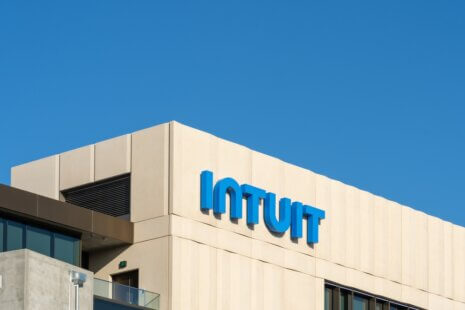Determining the “best” cost strategy depends on various factors such as the organization’s industry, competitive landscape, target market, and specific objectives. One commonly effective cost strategy is known as cost leadership.
Cost Leadership Strategy – In a cost leadership strategy, organizations strive to become the lowest-cost producer or provider within their industry while maintaining acceptable levels of quality and functionality. By minimizing production and operational costs, companies can offer products or services at lower prices than competitors, thereby gaining a competitive advantage and capturing market share.
Key elements of a cost leadership strategy include…
1. Efficiency and Cost Control – Focus on maximizing operational efficiency, minimizing waste, and controlling costs across all aspects of the value chain, including procurement, production, distribution, and administration.
2. Economies of Scale – Capitalize on economies of scale by producing goods or delivering services in large volumes, which can help spread fixed costs over a greater output and reduce per-unit production costs.
3. Streamlined Operations – Simplify processes, reduce complexity, and eliminate non-essential features or services to minimize costs while meeting basic customer requirements and expectations.
4. Supplier Negotiation – Negotiate favorable terms with suppliers, vendors, and partners to secure competitive pricing, volume discounts, and favorable payment terms, thereby reducing input costs and improving profit margins.
5. Technology and Automation – Invest in technology, automation, and process improvement initiatives to enhance productivity, reduce labor costs, and streamline operations, enabling greater cost efficiency and competitiveness.
6. Continuous Improvement – Foster a culture of continuous improvement and cost-consciousness throughout the organization, encouraging employees at all levels to identify opportunities for cost reduction, waste elimination, and efficiency enhancement.
While a cost leadership strategy can be highly effective in certain industries and market segments, it’s important for organizations to carefully consider the potential trade-offs and risks associated with competing solely on price. For example, focusing solely on cost reduction may lead to sacrifices in product quality, customer service, or innovation, which could erode long-term competitiveness and customer loyalty. Organizations should evaluate their unique circumstances, capabilities, and market dynamics to determine the most appropriate cost strategy that aligns with their overall business objectives and value proposition.




